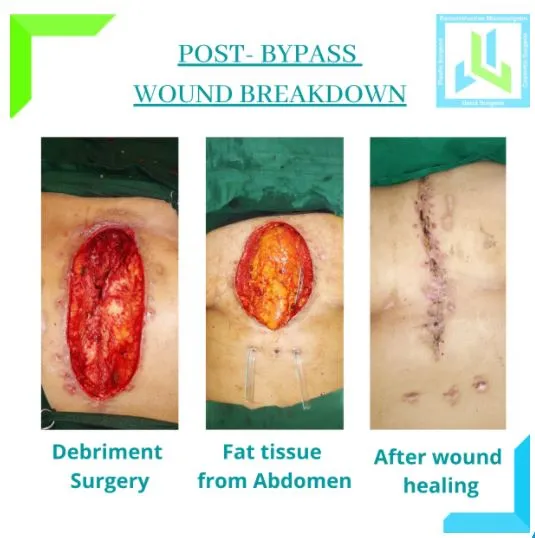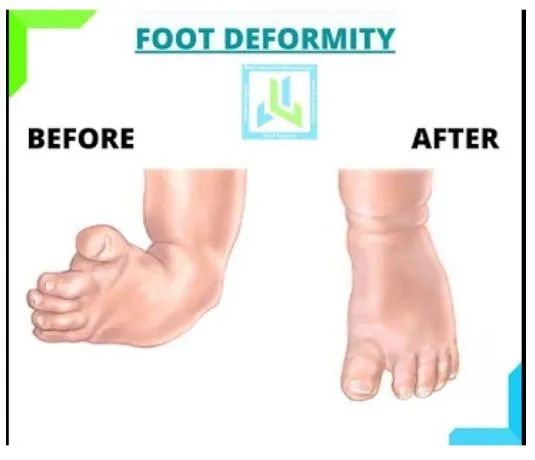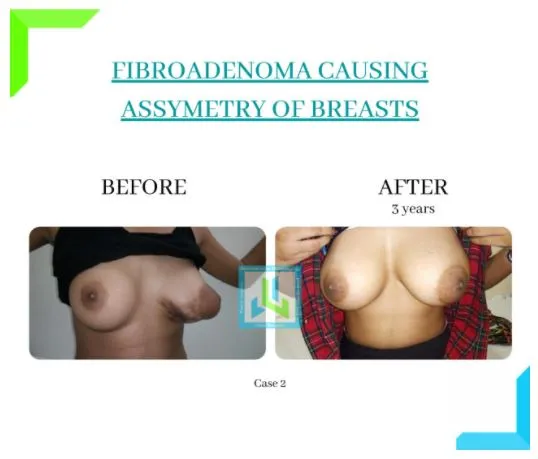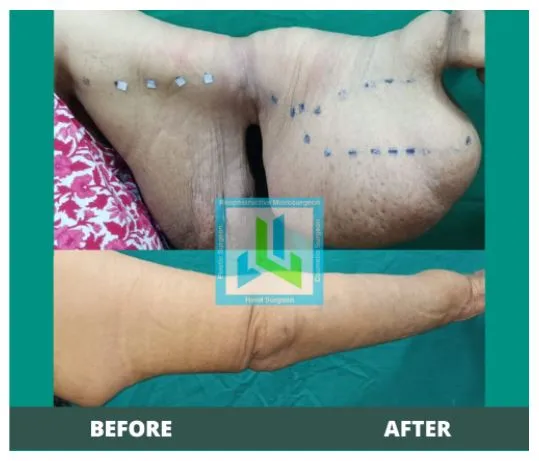HAPPY CLIENTS
Post- Bypass Wound Breakdown
Heart Bypass surgery is a lifesaving procedure done following symptoms like a heart attack when it is diagnosed the blood supply to different parts of the heart is reduced due to the narrowing of blood vessels supplying blood to….
Forehead Swellings
This middle-aged woman presented with the twin swellings that were evident in her forehead. They were not painful, felt hard and were slowly increasing in size such that they were conspicuous in every photograph!…..
Foot Deformity
This young patient was brought in at the age of 18 years with foot deformity arising from a scar contracture across the top of his foot and toes. Scar was the result of an injury in his childhood which was left to heal by itself without….
Fibroadenoma
This young 14 years old girl presented with a lump in her left breast of one-year duration. She noticed it steadily in size. It had caused significant stretching of the areola on the affected side. It was a matter in concern as it grew rapidly to the …..
Hidradenitis Suppurativa
A young male patient working abroad came to us with complaints of Hidradenitis. He suffered from the complication and experienced the following symptoms for these three years recurrent abscesses, discharges, sinuses and scars….
Wrist Amputation
A 4-year-old girl was playing outside her house when she heard a recorded voice from the elevator calling for the door to be closed. Her right hand got trapped in the door when she attempted to close it….
Lymphedema of Upper Limb
This cheerful lady, in her sixties, presented with swelling of her left upper limb since last 10 years after she underwent surgery for left breast cancer (in 2010). ……







